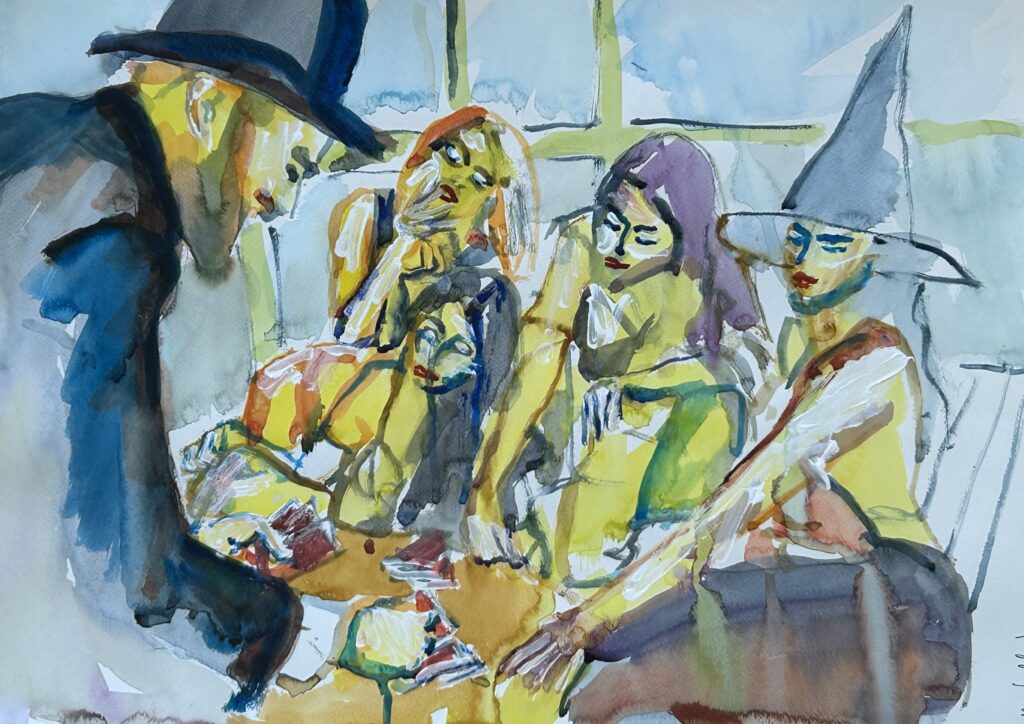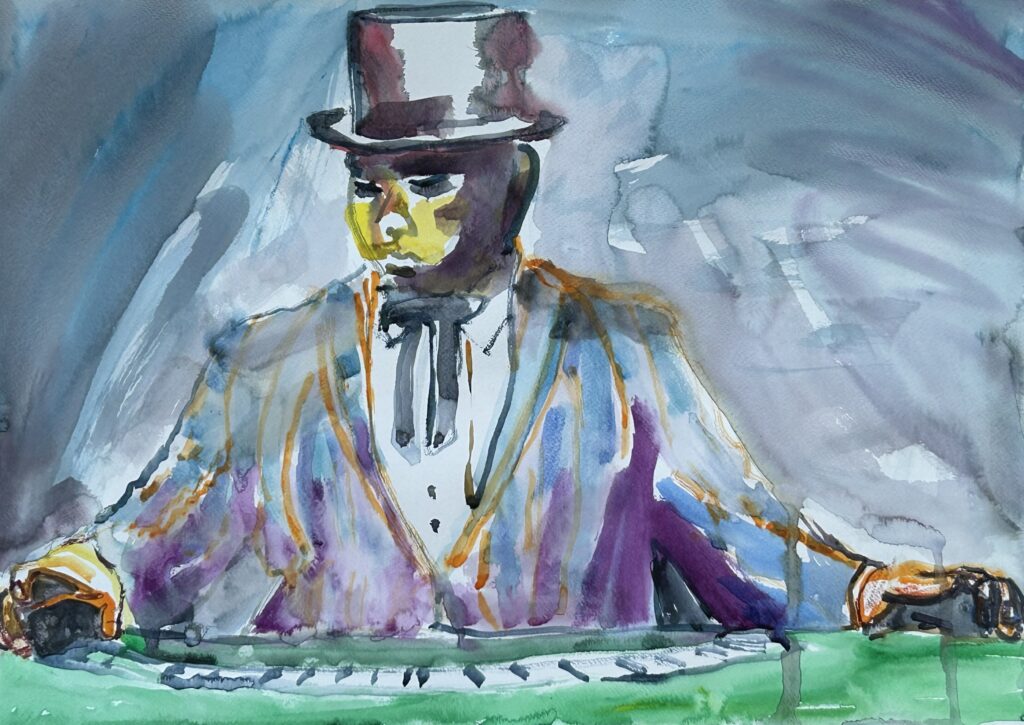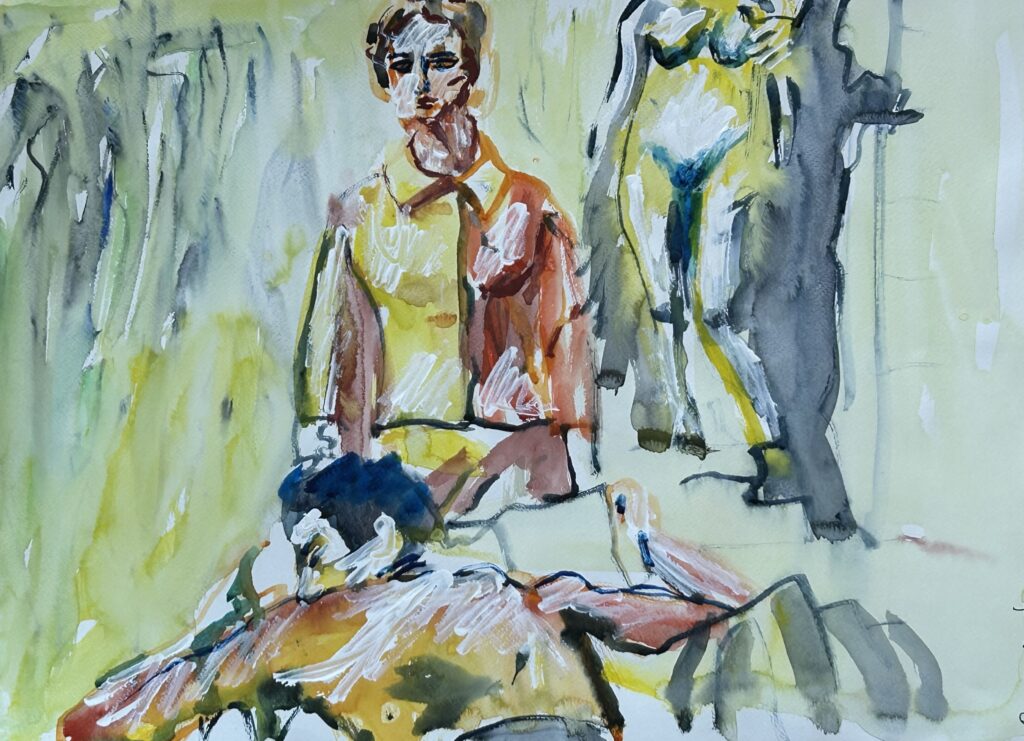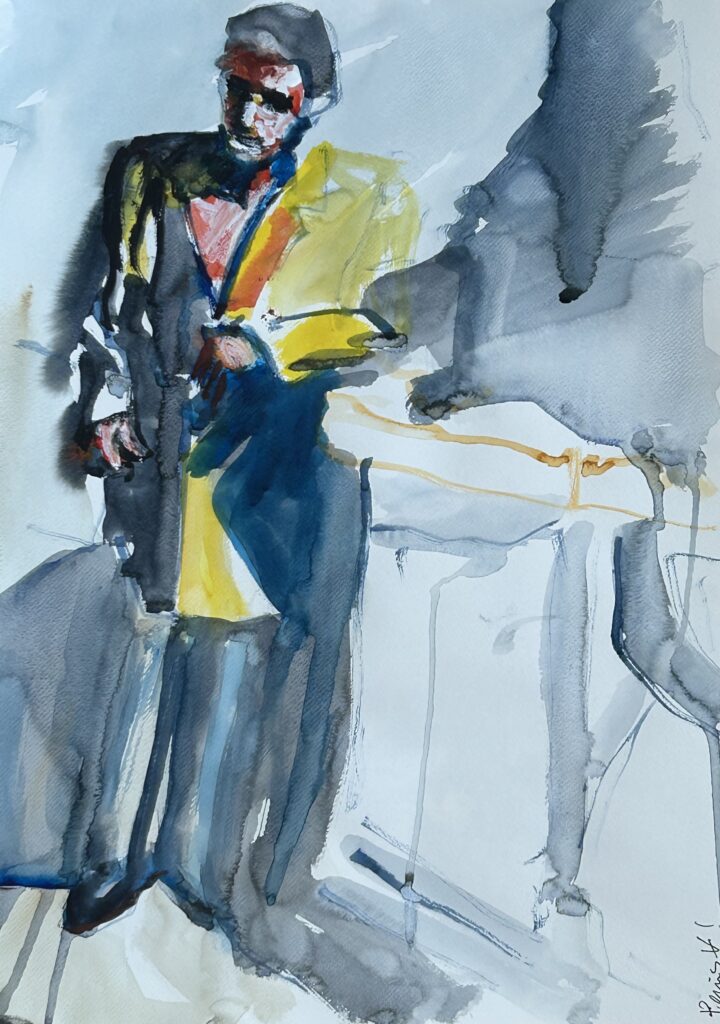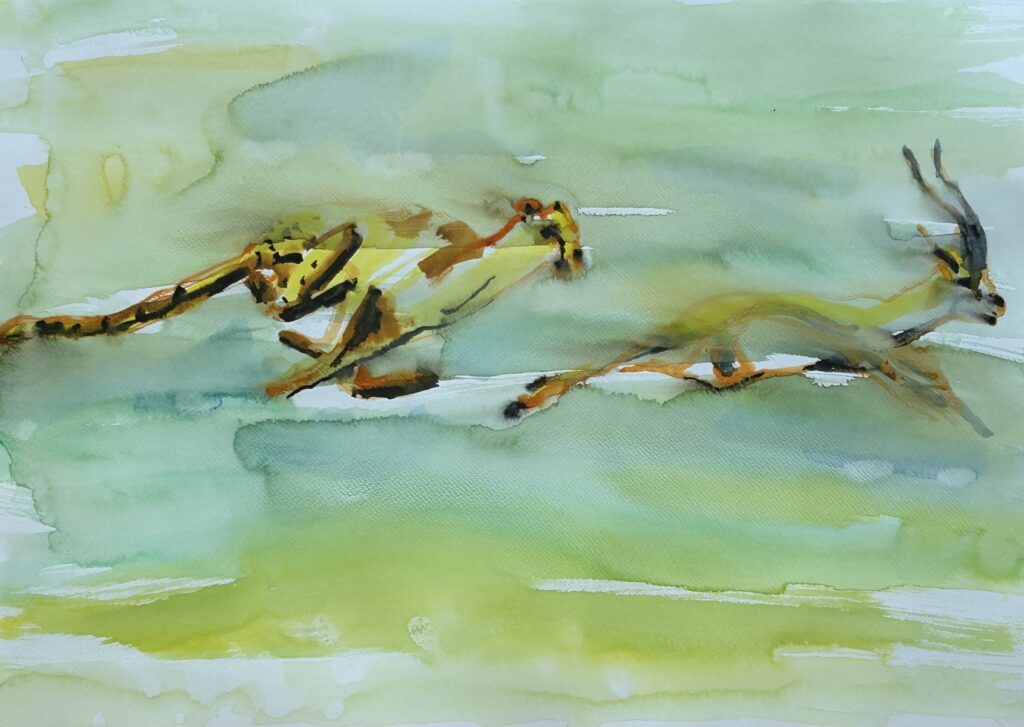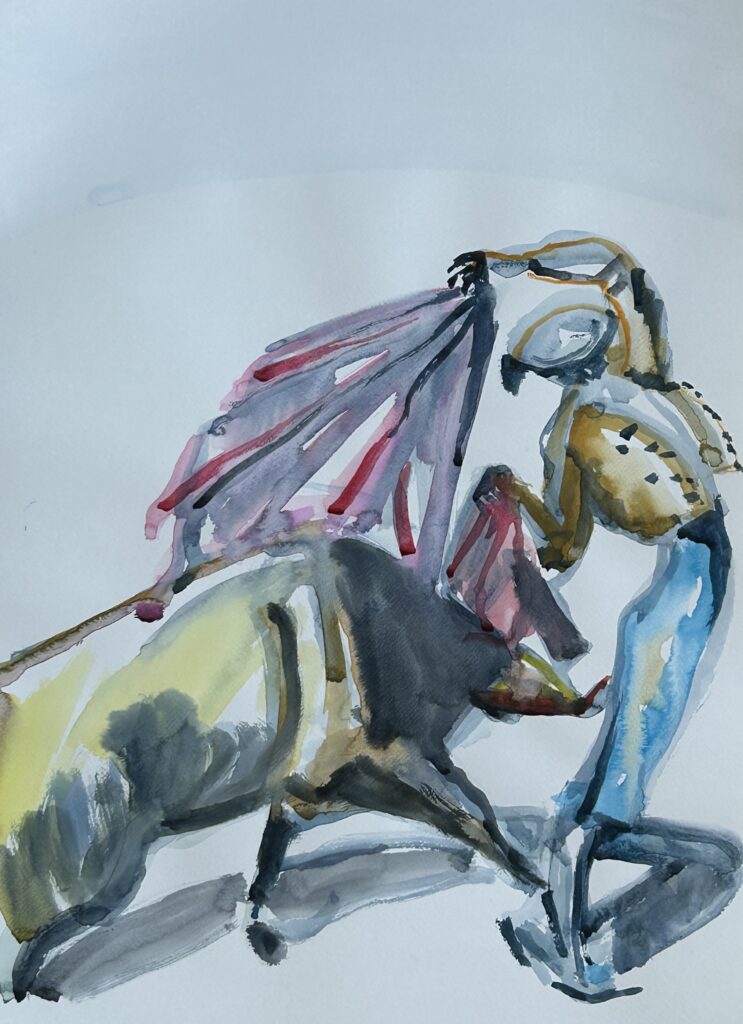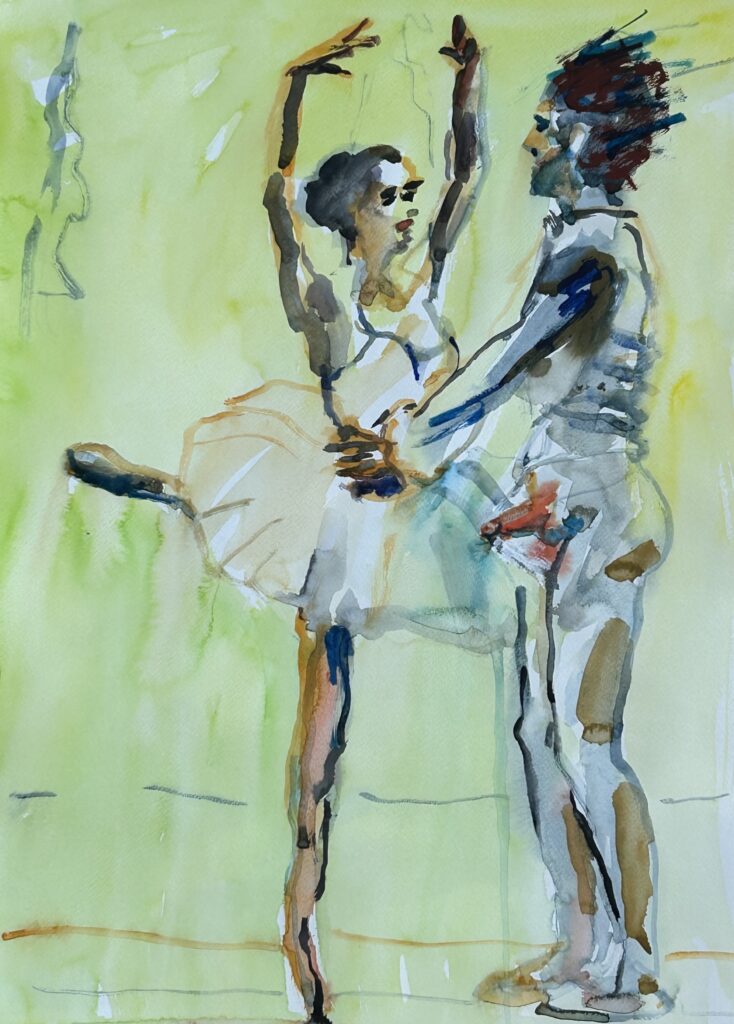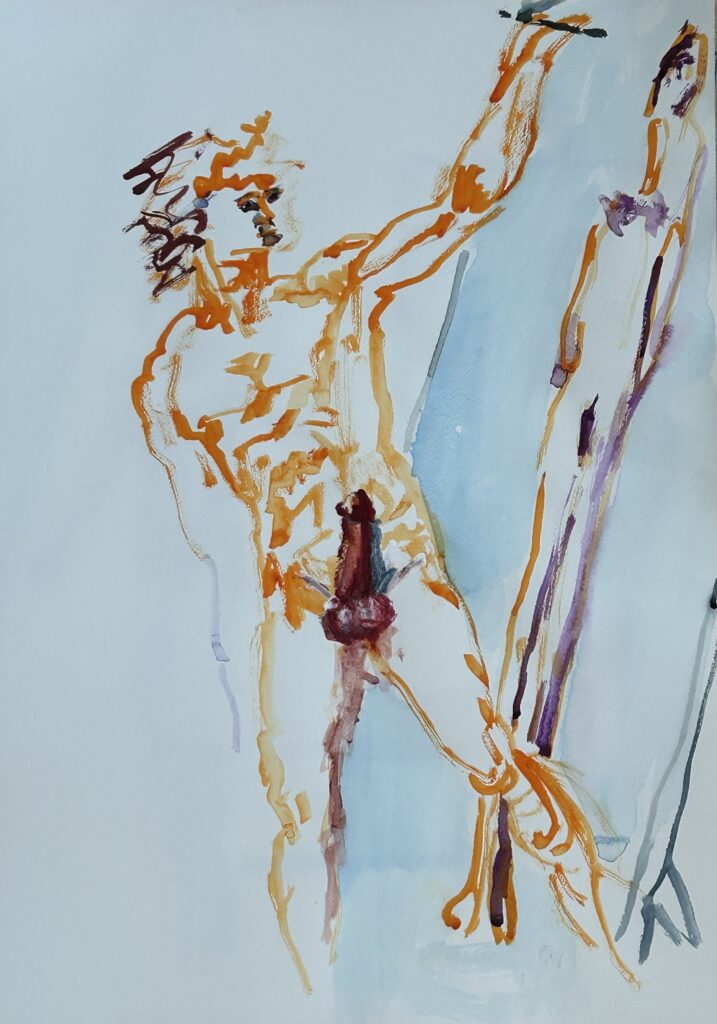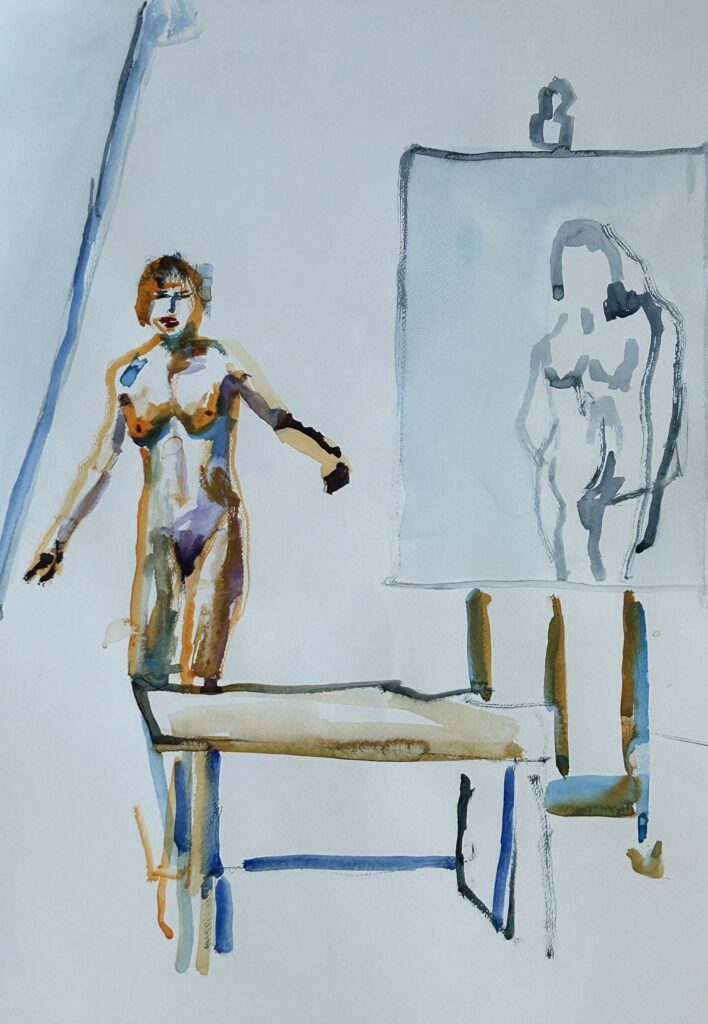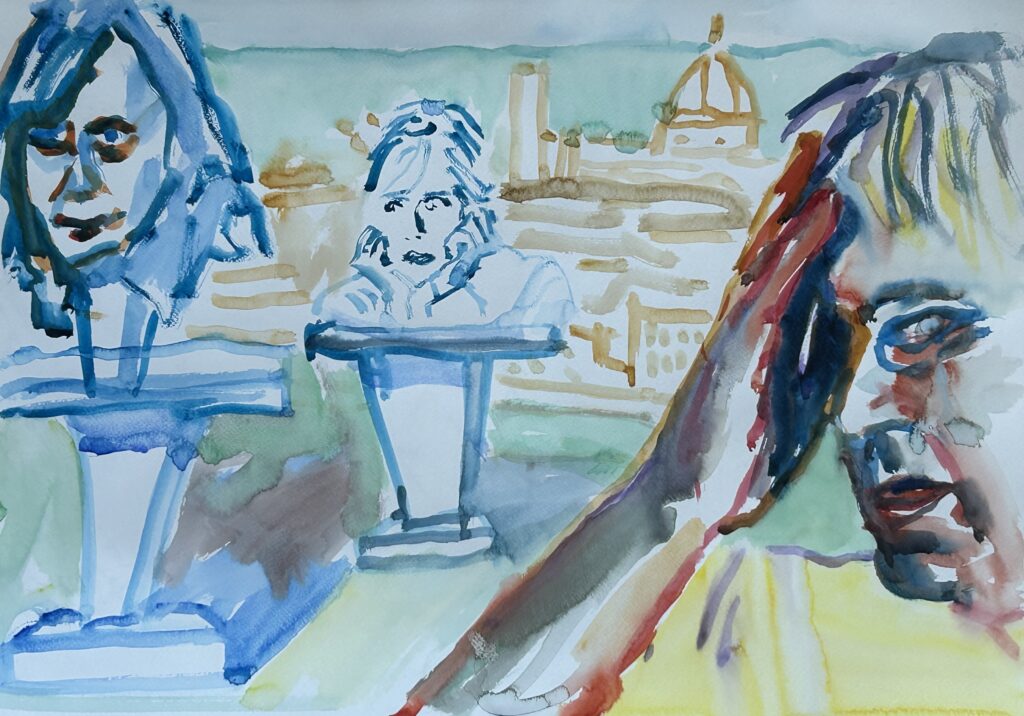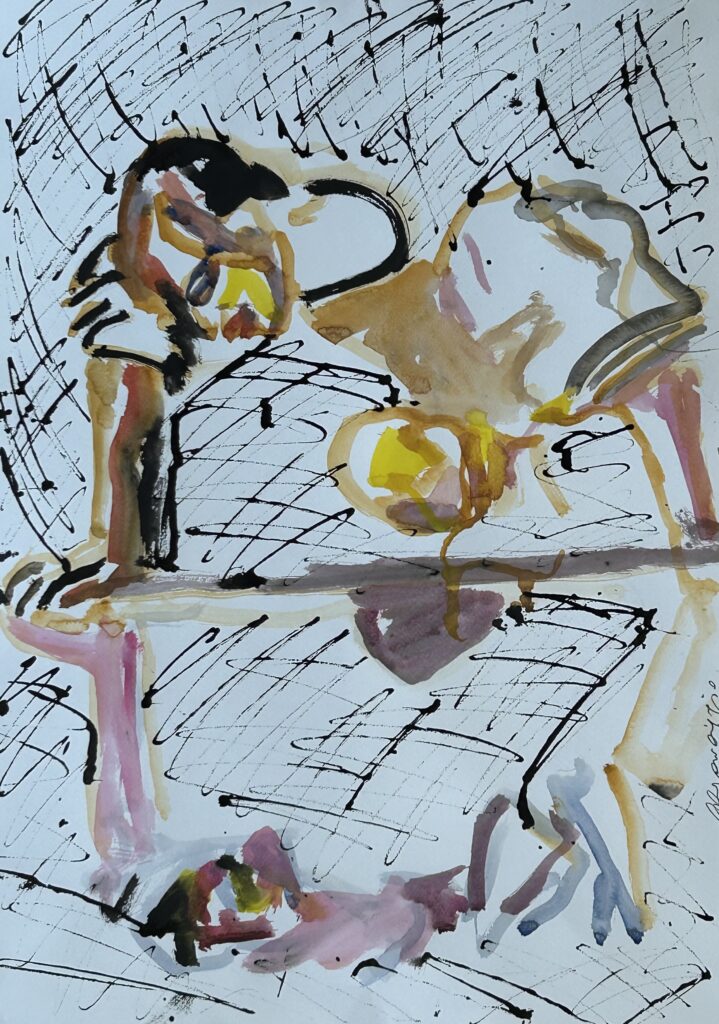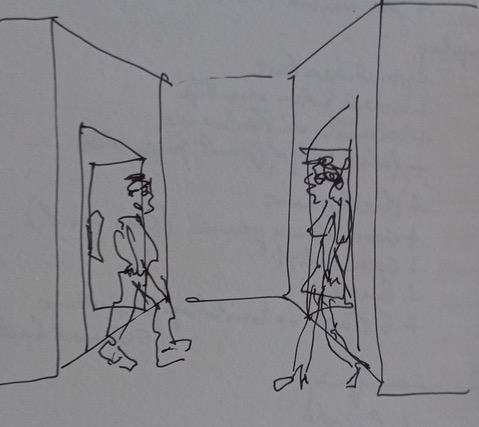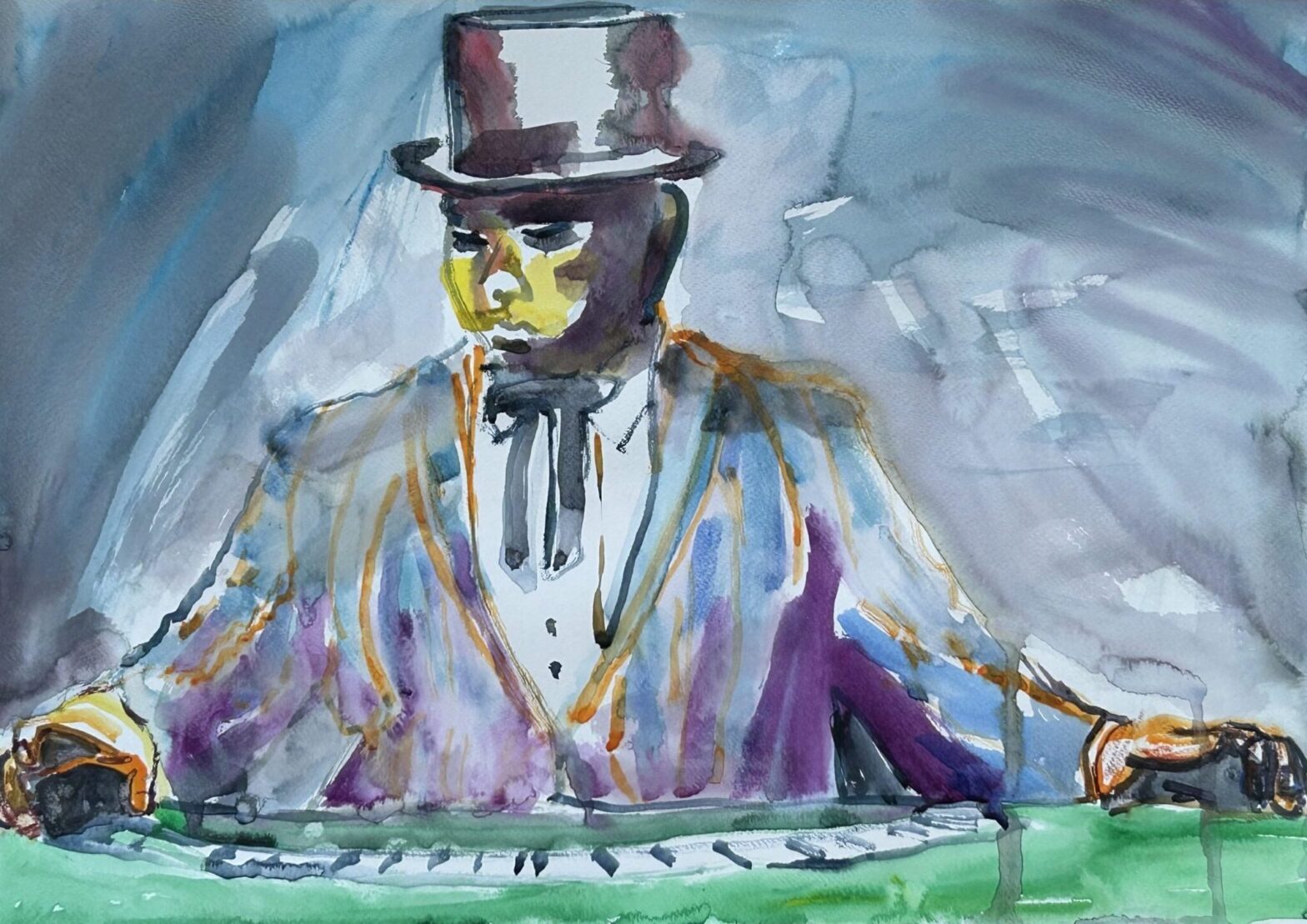Self-analysis, crime novel, or a Wednesday Salon?
rather a book of Fernando Pessoas disquiet
Since my childhood at school, the phenomenon of bad attitude in my colleagues has accompanied me in a strange way: it is the concept of “I am not stupid” coupled with extreme cynicism, a kind of invulnerability vis-a-vis me. I’ve already forgotten this, but I kept meeting people who were enviably quick-witted, like Peter S., Peter L. or Reinhard von K. What they have in common is a quick wit and a charm that makes all women flock to them.
I always asked myself, are these people just smarter than me, or is there something sinister about them? Maybe it’s the conflict between my mother’s naivety and my father’s quick reaction to despise.
Talking of Solms and Astor, the Ripley stories by Patricia Highsmith point to something new: psychopathology, to be understood as the inner emptiness of a person. I would never assume that about the rivals mentioned at the beginning! As much as these guys annoy me, they’ve become more and more uninteresting to me lately. As a dreamer, I have to protect myself from these extroverted people. Maybe art gave me the right and confidence to be a dreamer. Fig 1 and 2
Patricia Highsmiths’ Tom Ripley must be supplemented by Tennessee Williams’s The Roman Spring of Mrs Stone and the roles of the people who appear there: the gigolo, the old man and the young woman or the old woman and the young man and finally the role of the sinister one at the end, which seems to me completely wrong. Fig 3 and 4
These different roles, which have been strung together like an encyclopedia over the course of my life from youth to old age, also have different roles of sexuality: hunting, Zvetajeva’s theory of poetry as an ethymology of feelings, rituals, psychoanalysis, etc fig 5,6,7 and 8
To me, the ridiculous aspect about Marc Solm’s interpretation of Freud is similar to Siri Hustvedt’s attempt to turn her tremor illness into a scientific encyclopedia of psychology. Regarding the “inner self approach” there have been artists, such as the Surrealists, developing practical techniques far beyond these theoretical works.
Above all, Sigmund Freud’s language has a dialectical approach. When you read Sigmund Freud’s essay on Michelangelo’s Moses, you feel like you’ve been transported to the middle of the Talmud. It is a scientific approach to string together theses and stories and to criticize them against each other.
In this way, I imagine that there is also a scientific role for literature, because a story is true if it has a punch line. Sometimes you write a story and you can’t find the punch line, then the story is just wrong.
There are a whole series of questions in the course of these investigations, such as the touch synaesthesia phenomenon, the Stendhal syndrome, the Qualia debate, and the Damasio phenomenon.
Perhaps more interesting is the psychopathology of boredom with one’s own life, the “false self” of a gigantic genius, but also the roles of the Confidence Game (Con Artist), Hussler, the Shell Game and the theories about it, for example the six Stages to Build Confidence by Edward Smith, as well as the Pranzini affair of the 19th century, which also brings the question of colonialism back into the discussion.
What do I do with all this? One idea would be to paint pictures, show them to various people mentioned here, including Karen Solms, and get their reactions to pre-written questions. Fig 9
Because there is still a huge difference between Ripley and Gigolo. Both are attractive to women and that’s why I’m jealous. Therefore I want to kill all these Ripleys, but it does not mean, that these people in discussion are Ripleys! Fig 10
I was completely unable to participate in the heated debates of the new left in the 68th. I was always inferior because political discussions back then always developed into cockfights. Art became a bypass for me. But painters are lonely, introverted and envy the Ripleys and gigolos.
The question again, what do I do with all this?
What after all, might be interesting, is to put the theses and theories that have emerged in the context of these crime stories and psychotherapeutic works up for discussion and perhaps develop them further in the way of the Wednesday meetings of Sigmund Freud, or Otto Neurath did it.
This includes
– the theme of the Gesamtkunstwerk and the so-called Stendhal Syndrome, as well
– the paths to the inner self, as well
– the experiences of different erotic approaches: from Zvetajeva to Psychoanalysis,
– the gaze as a topic of the Lacanian discussion:
I remember years ago I visited a restaurant, where the men’s and women’s restrooms had their entrance doors directly opposite to each other, with the result that if 2 people came out of those doors at the same time, it would be an eye-to-eye encounter for a friction of a second. This encounter was so surprising as if it were under a radar:
His eyes have got so weary of the bars
going by, they can’t grasp anything else.
He feels like there’s a thousand bars,
a thousand bars and no world beyond.
The soft tread of his strong, supple stride
turns him in ever tighter circles,
like the dance of force about a centre
in which a great will stands, stunned.
But now and then, the curtains over his eyes
quietly lift… and an image enters,
goes through his tense and silent limbs…
and dies out in his heart.
Fig 11
